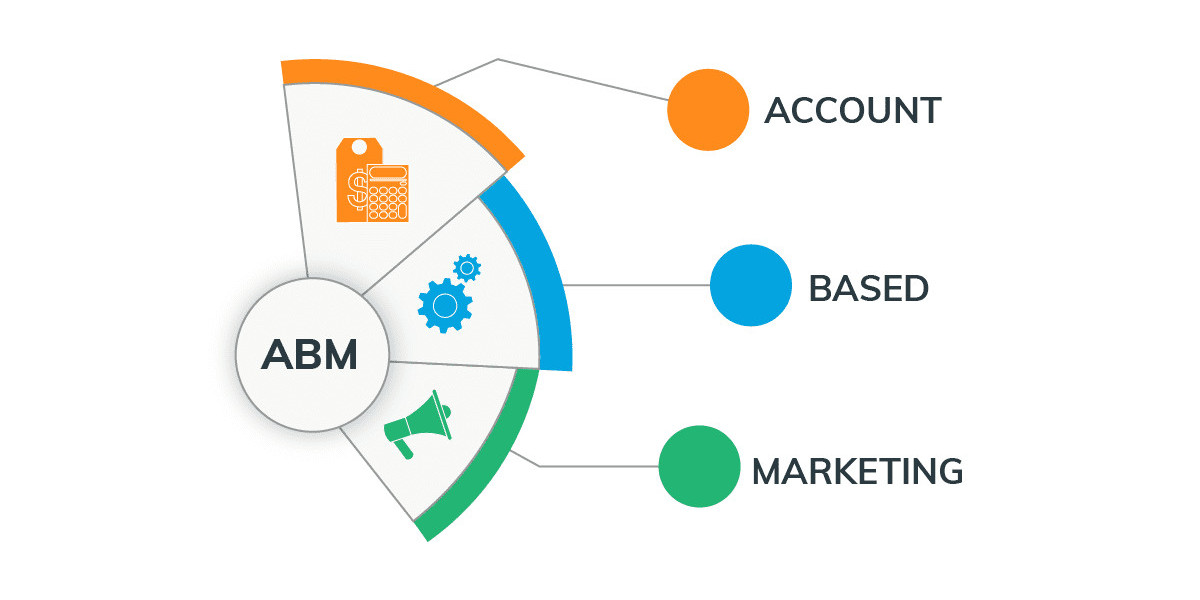The projected Account-Based Marketing CAGR of 13.88% for the 2025-2035 forecast period is a powerful testament to the strategy's effectiveness and its rapid adoption across the B2B world. A double-digit growth rate of this magnitude signifies a fundamental shift away from traditional, volume-based marketing towards more focused, efficient, and revenue-centric approaches. This impressive and sustained rate of expansion is the engine that is expected to drive the market's total value from USD 4.78 billion to a formidable USD 19.98 billion over the next decade. This growth is not speculative; it is firmly rooted in ABM's proven ability to solve some of the most persistent challenges in B2B sales and marketing, making it an indispensable strategy for modern enterprises.
One of the primary drivers behind this strong CAGR is the inherent inefficiency and diminishing returns of traditional lead generation tactics. For years, B2B marketers focused on casting a wide net, generating thousands of leads through content syndication and broad-based advertising, only for sales teams to discover that the vast majority were unqualified or a poor fit. ABM directly addresses this wastage. By focusing resources exclusively on pre-qualified, high-value accounts, it ensures that marketing and sales efforts are never spent on prospects who cannot or will not buy. This dramatic improvement in efficiency and the resulting higher return on investment (ROI) is a compelling business case that is driving widespread adoption and fueling the market's double-digit growth.
Another critical catalyst is the technological advancement that has made ABM scalable and accessible. The rise of artificial intelligence (AI) and machine learning has been a game-changer. Modern ABM platforms use AI to analyze vast amounts of data, identify accounts that are showing "in-market" buying signals (intent data), and predict which accounts are most likely to become customers. This predictive intelligence allows teams to focus their efforts with unprecedented precision. Furthermore, the automation of personalized, multi-channel campaigns makes it possible to engage hundreds of target accounts simultaneously with tailored messaging, a task that would have been impossible to manage manually just a few years ago. This technological maturity is a key enabler of the market's rapid expansion.
Finally, the evolving nature of the B2B buying process itself is a major driver. Purchase decisions are no longer made by a single individual but by a complex committee of stakeholders from different departments, each with their own priorities and concerns. A generic marketing message is unlikely to resonate with this diverse group. ABM is purpose-built to address this complexity. It focuses on identifying and engaging the entire buying committee with personalized content relevant to each member's role. This ability to navigate the complex modern buying journey and build consensus across a target organization is a unique strength of ABM, making it an essential strategy for closing large, complex deals and a key reason for the market's impressive growth projections.
Explore Our Latest Trending Reports:








